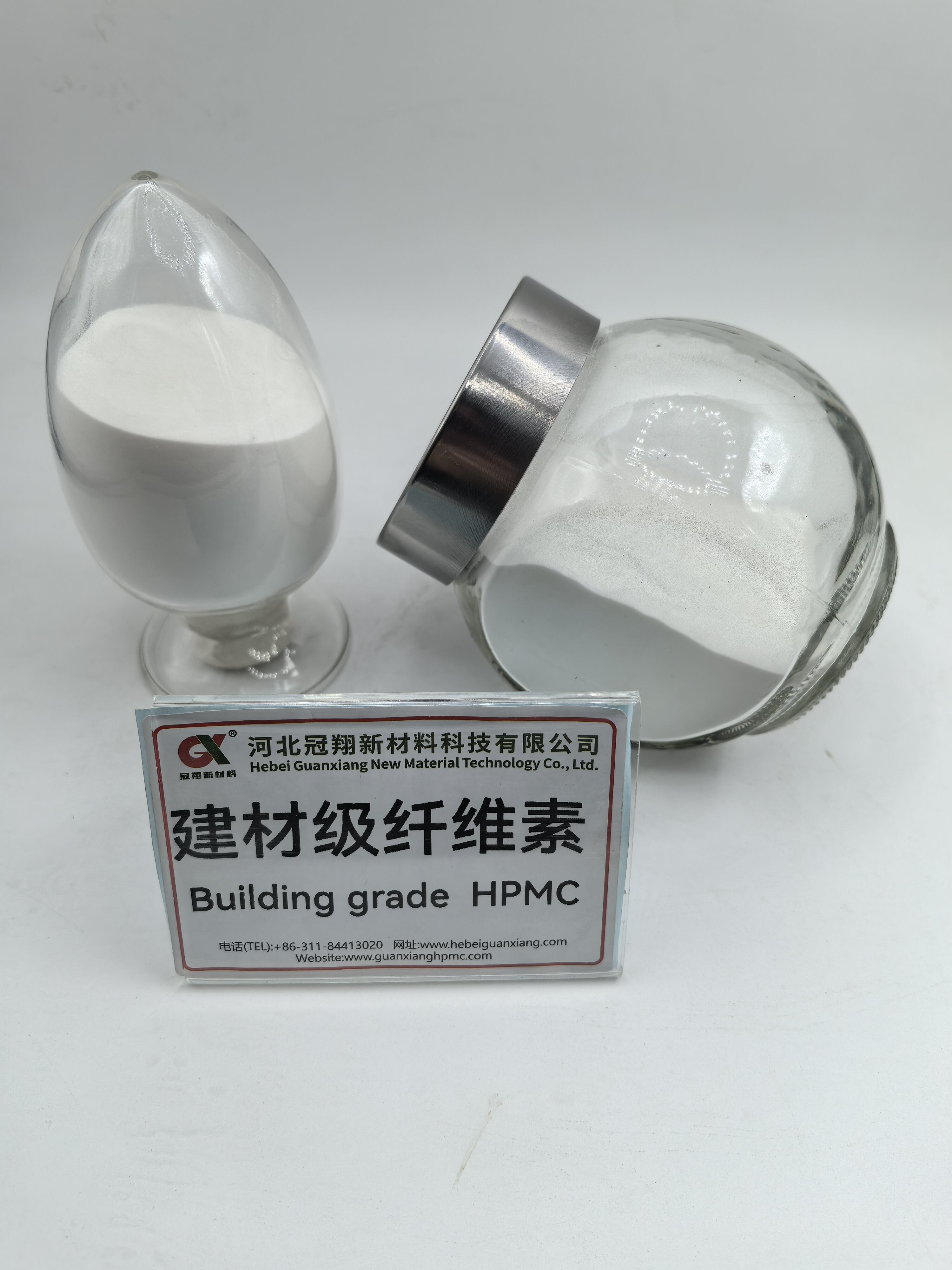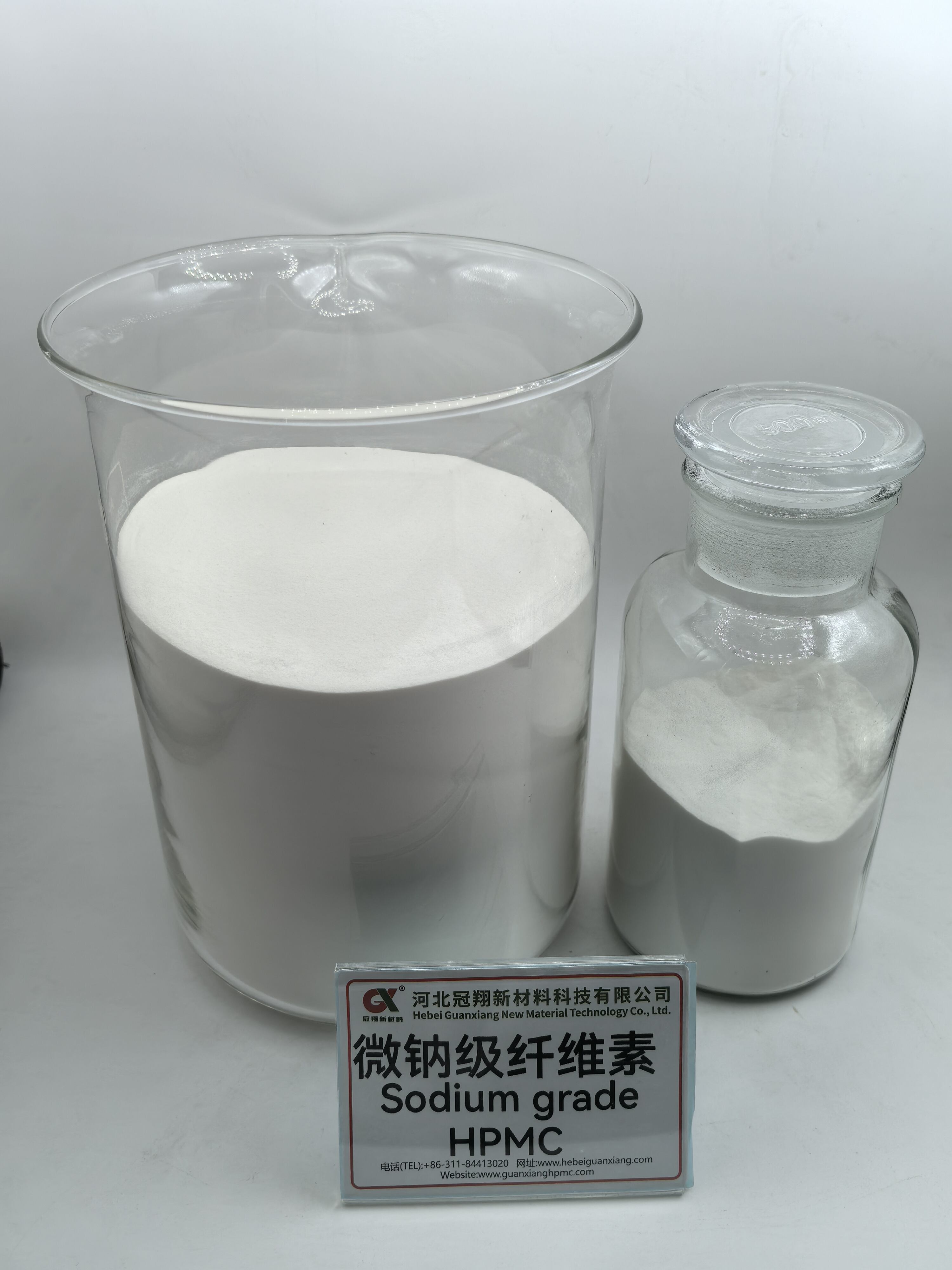A kerámiai minőségű cellulóz forradalmi hatásának megértése a modern iparágakban
A folyamatosan fejlődő ipari anyagok világában kerámiai szintű szellózis kiváló teljesítményével és megbízhatóságával kiemelkedő komponenssé vált, amely forradalmasítja a gyártási folyamatokat több szektorban is. Ezt a speciális cellulózformát olyan iparágak részesítik előnyben, amelyek termékminőségük és működési hatékonyságuk javítását célozzák.
A kerámiai minőségű cellulóz figyelemre méltó tulajdonságai, mint kiváló kötőképessége, szabályozott reológiai viselkedése és fenntartható jellege, elengedhetetlen anyaggá tették a modern ipari alkalmazásokban. A fejlett kerámiától kezdve a gyógyszeripari termékekig ez a sokoldalú vegyület folyamatosan bizonyítja értékét a javult termékteljesítményen és a gyártási hatékonyságon keresztül.
Alaptulajdonságok és jellemzők
Kémiai szerkezet és összetétel
A kerámiafokozatú cellulóz alapvetően olyan egyedi molekuláris szerkezettel rendelkezik, amely különbözővé teszi a hagyományos cellulóz anyagoktól. A gondosan szabályozott feldolgozási módszerek pontos részecskeméret-eloszlást és optimális felületi kémiai tulajdonságokat eredményeznek, ami kiváló teljesítményt tesz lehetővé kerámia alkalmazásokban. A módosított kristályszerkezet biztosítja az egységes viselkedést a feldolgozás során, miközben megőrzi az anyag természetes lebomlási képességét.
A kerámiafokozatú cellulóz finomított összetétele javított hidrogénkötési képességet mutat, ami hozzájárul kiváló kötőtulajdonságaihoz. Ez a jellemző különösen értékes a kerámia gyártásban, ahol az egyenletes eloszlás és stabil szuszpenzió elengedhetetlen a minőségi végtermékek előállításához.
Fizikai tulajdonságok és teljesítményjelzők
A kerámiafokozatú cellulóz fizikai tulajdonságai ideális választássá teszik őt igényes ipari alkalmazásokhoz. Nagy fajlagos felületi területe és szabályozott részecskemorfológiája hozzájárul a reológiai tulajdonságok javulásához kerámiák szuszpenzióiban és egyéb formulákban. Az anyag kiváló víztartó képességgel rendelkezik, amely segít a megfelelő nedvességszint fenntartásában a feldolgozás során.
A teljesítménymutatók folyamatosan azt mutatják, hogy a kerámiafokozatú cellulóz túlszárnyalja a hagyományos kötőanyagokat a nyersszilárdság, mérettartás és hibaszám csökkentése tekintetében a késztermékekben. Ezek az előnyök közvetlenül hozzájárulnak a gyártási hatékonyság növeléséhez és a termékminőség javulásához.

Ipari Alkalmazások és Előnyök
Fejlett Kerámia Gyártás
A fejlett kerámiák gyártása során a kerámiafokozatú cellulóz lényeges feldolgozási segédanyagként szolgál. Ez lehetővé teszi a formázási folyamat jobb szabályozását, amely javítja az alakmegőrzést, és csökkenti a torzulást a szárítási és égetési fázisok alatt. Az anyag képessége homogén keverékek kialakítására kevesebb hibához és konzisztensabb végső termékekhez vezet.
A gyártók jelentős javulást tapasztaltak a termelési hozamban és a termékminőségben, mióta bevezették a kerámiafokozatú cellulózt eljárásaikba. Az anyag szabályozott égési jellemzői az égetési folyamat során hozzájárulnak a belső hibák megelőzéséhez és az egységes sűrűsödés biztosításához.
Gyógyszeripari és egészségügyi alkalmazások
A gyógyszeripar a kerámiai fokozatú cellulózt az elképesztő teljesítménye miatt fogadta el a tabletták formulázásában és a gyógyszerleadó rendszerekben. Kiváló kötőtulajdonságai és kompatibilitása a hatóanyagokkal ideális töltőanyaggá teszik különböző gyógyszerformulák számára. Az anyag állandó minősége és tisztasága megfelel a szigorú szabályozási előírásoknak.
A kerámiai fokozatú cellulózt használó egészségügyi termékek javult stabilitásból és szabályozott felszabadulási jellemzőkből profitálnak. Az anyag természetes eredete és biokompatibilitása különösen alkalmas orvosi eszközök gyártásához és fejlett sebkezelő termékekhez.
Környezeti és Fenntarthatósági Előnyök
Zöld gyártási folyamat
A kerámia minőségű cellulóz előállítása összhangban áll a modern fenntarthatósági célokkal, megújuló nyersanyagokat és környezettudatos feldolgozási módszereket használva. A gyártási folyamat minimális hulladékot termel, és kevesebb energiát igényel a szintetikus alternatívákkal összehasonlítva. Ez az ökológiai megközelítés segíti az iparágakat abban, hogy csökkentsék szén-dioxid-lábnyomukat, miközben magas teljesítményszintet tartanak fenn.
A fenntartható beszerzési gyakorlatok megbízható ellátási láncot biztosítanak, miközben felelős erdőgazdálkodást támogatnak. A kerámia minőségű cellulóz biológiailag lebomló jellege hozzájárul a környezeti terhelés csökkentéséhez a termék életciklusa során.
Hosszú távú környezeti előnyök
Az iparágak a kerámiai fokozatú cellulóz kiválasztásával profitálnak annak pozitív környezeti profiljából. Az anyag természetes eredete és lebomlása hozzájárul a körkörös gazdaság kezdeményezéseihez, és segíti a vállalatokat abban, hogy egyre szigorúbb környezetvédelmi előírásoknak tegyenek eleget. A kerámiai fokozatú cellulózt tartalmazó végtermékek gyakran jobb újrahasznosíthatósággal és csökkentett környezeti hatással rendelkeznek.
A kerámiai fokozatú cellulóz alkalmazása fenntartható gyakorlatok iránti elköteleződést mutat, miközben magas teljesítményszintet őriz meg. Ez az egyensúly a környezeti felelősség és az ipari hatékonyság között továbbra is hajtja ennek az anyagnak a növekvő elterjedtségét különböző szektorokban.
Jövőbeli trendek és innovációk
Új alkalmazások és kutatások
Kutatóintézmények és iparági vezetők aktívan kutatják az új alkalmazásokat a kerámiai fokozatú cellulóz számára. A jelenlegi tanulmányok a felületi módosításokon keresztül történő funkciójavításra és hibrid anyagok kifejlesztésére összpontosítanak, amelyek egyesítik előnyeit más fejlett anyagokkal. Ezek az innovációk ígéretesek az alkalmazhatóság kiterjesztése szempontjából az új technológiákban és alkalmazásokban.
Az új feldolgozási technikák és formulák fejlesztése továbbra is új lehetőségeket nyit meg a kerámiai fokozatú cellulóz számára a fejlett gyártás területén. Potenciális alkalmazásai a 3D-s nyomtatásban, energiatároló eszközökben és intelligens anyagokban izgalmas növekedési lehetőségeket jelentenek a jövőben.
Piafteremés és ipari felvétel
A piaci elemzők a különböző iparágakban folyamatos növekedést jósolnak a kerámiai minőségű cellulóz alkalmazásában. Az anyag bizonyított teljesítményelőnye, valamint a fenntartható gyártásra helyezett egyre nagyobb hangsúly hajtja előre terjedését a piacon. Az iparágak egyre inkább felismerik az értékajánlatát, mind a teljesítmény, mind a környezeti felelősség szempontjából.
Ahogy a gyártástechnológiák fejlődnek, a kerámiai minőségű cellulóz várhatóan még fontosabb szerepet fog játszani innovatív termékek és folyamatok lehetővé tételében. Sokoldalúsága és fenntartható jellege révén kulcsfontosságú anyaggá válik a jövő ipari fejlesztéseiben.
Gyakran Ismételt Kérdések
Mi különbözteti meg a kerámiai minőségű cellulózt a hagyományos cellulóztól?
A kerámiai fokozatú cellulózt speciális eljáráson esik át, hogy olyan meghatározott szemcsejellemzőkkel, tisztasági szinttel és teljesítményjellemzőkkel rendelkezzen, amelyek alkalmassá teszik azt igényes ipari alkalmazásokra. A szabályozott szemcseméret-eloszlás, a javított kötőképesség és a kiváló reológiai viselkedés különbözteti meg a hagyományos cellulóz anyagoktól.
Hogyan javítja a gyártási hatékonyságot a kerámiai fokozatú cellulóz?
Az anyag a folyamatirányítás javítása, a hibák csökkentése és a végső termékek nagyobb egységessége révén növeli a gyártási hatékonyságot. Kiváló kötő- és reológiai tulajdonságai stabilabb formulákhoz, gyorsabb feldolgozási időkhöz és magasabb termelési hozamhoz vezetnek.
Környezetbarát-e a kerámiai fokozatú cellulóz?
Igen, a kerámiai fokozatú cellulóz környezetbarát és fenntartható, mivel megújuló nyersanyagokból származik, környezetkímélő eljárásokkal készül, és lebontható. Alkalmazása támogatja a vállalatok fenntarthatósági kezdeményezéseit, miközben magas szintű teljesítményt biztosít ipari alkalmazásokban.
 EN
EN
 AR
AR
 CS
CS
 DA
DA
 NL
NL
 FI
FI
 FR
FR
 DE
DE
 EL
EL
 HI
HI
 IT
IT
 JA
JA
 KO
KO
 NO
NO
 PL
PL
 PT
PT
 RO
RO
 RU
RU
 ES
ES
 SV
SV
 IW
IW
 ID
ID
 SR
SR
 SK
SK
 UK
UK
 VI
VI
 HU
HU
 TH
TH
 TR
TR
 AF
AF
 MS
MS
 CY
CY
 IS
IS
 BN
BN
 LO
LO
 LA
LA
 NE
NE
 MY
MY
 KK
KK
 UZ
UZ


